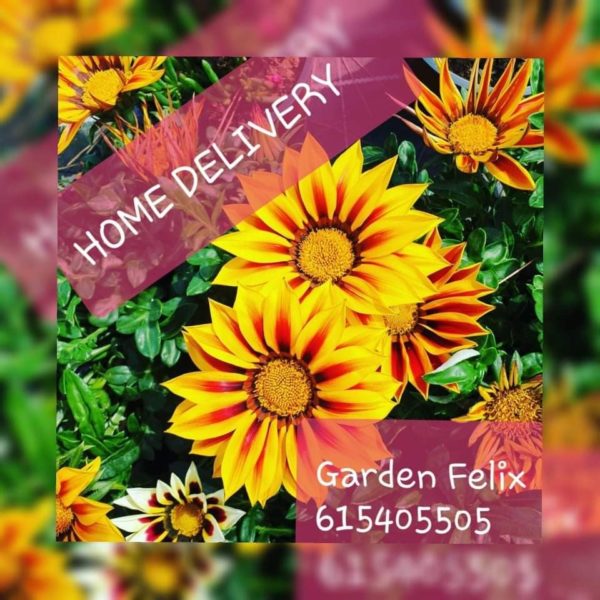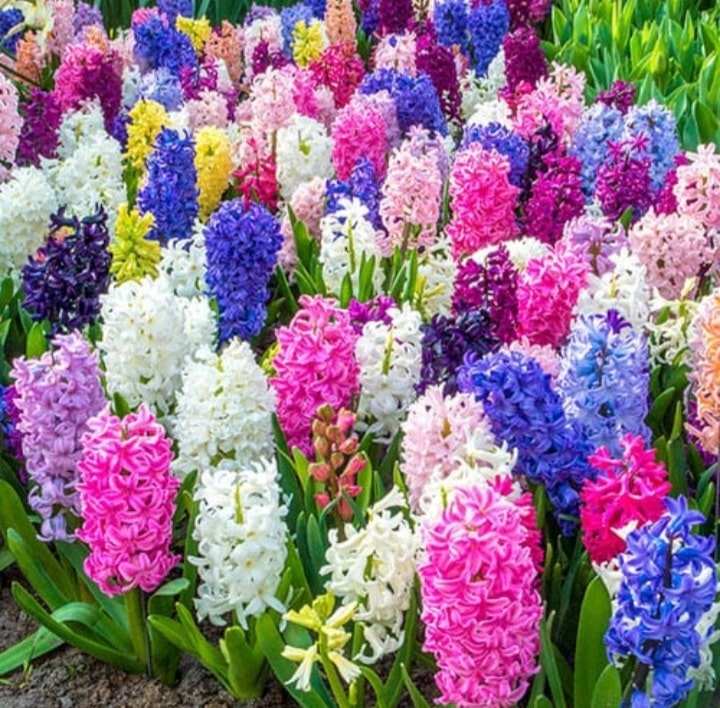One of the most powerful garden scents of spring comes from Hyacinth in bloom.
Even at a distance, you’ll notice these flowers’ intense fragrance and the spikes of intensely bright tubular flowers emerging from strap shaped leaves come in so many sizes and colours.
Modern hyacinths are some of the easiest perennial spring bulbs to grow and can be planted in the ground or containers.
For spring blooms, plant hyacinth bulbs in the autumn. Ensure that you wear gloves as the bulbs are toxic, to both humans and pets.
Plant 4-6 inches deep, giving them room to spread out by spacing them about 3-6 inches apart. Cover with soil and water well.
Taller varieties can tend to flop, which you can stake if you only have a few, or plant them closer together so that they support each other.
Plant in a full sun or partial shade, where the plants will get at least six to eight hours of sunlight a day.
Hyacinth are not particular about soil, having said that, they do best in soil that is loose and well draining. They will not tolerate wet soil, and rich soil can lead to floppy stalks.
Water the ground well after planting. Continue watering into winter, if there is no rain, but allow the ground to totally dry out between watering. If the bulbs sit in cool, wet soil, they will rot.

Fertilise with ordinary bone meal, upon planting the bulb and scattering a handful on the soil again in the spring, when the new growth first appears and water in well.
Once the bulbs have finished blooming, cut off the flower stalks, but leave the leaves, as this will encourage the plants to store energy in their bulb for next season. When the leaves turn yellow, cut them away.
Like most perennial bulbs, hyacinths are best propagated in the autumn by removing the bulblets from the mother plant.
Even this method can take two or three years, before the bulblet grows to a size sufficient to produce large, vibrant flowers.
While a bulb may continue to flower for many years, the size of the blooms and the bulbs will gradually shrink. By splitting off the bulblets every few years, you can effectively keep your hyacinths alive, indefinitely.
All kinds of rodents love to munch on hyacinth bulbs. You can give them some protection by throwing a handful of gravel into the planting hole, or you can interplant them with daffodils, which rodents tend to avoid.
Few plant diseases affect hyacinth, but the bulbs may rot, if planted in dense soil that doesn’t drain well.





